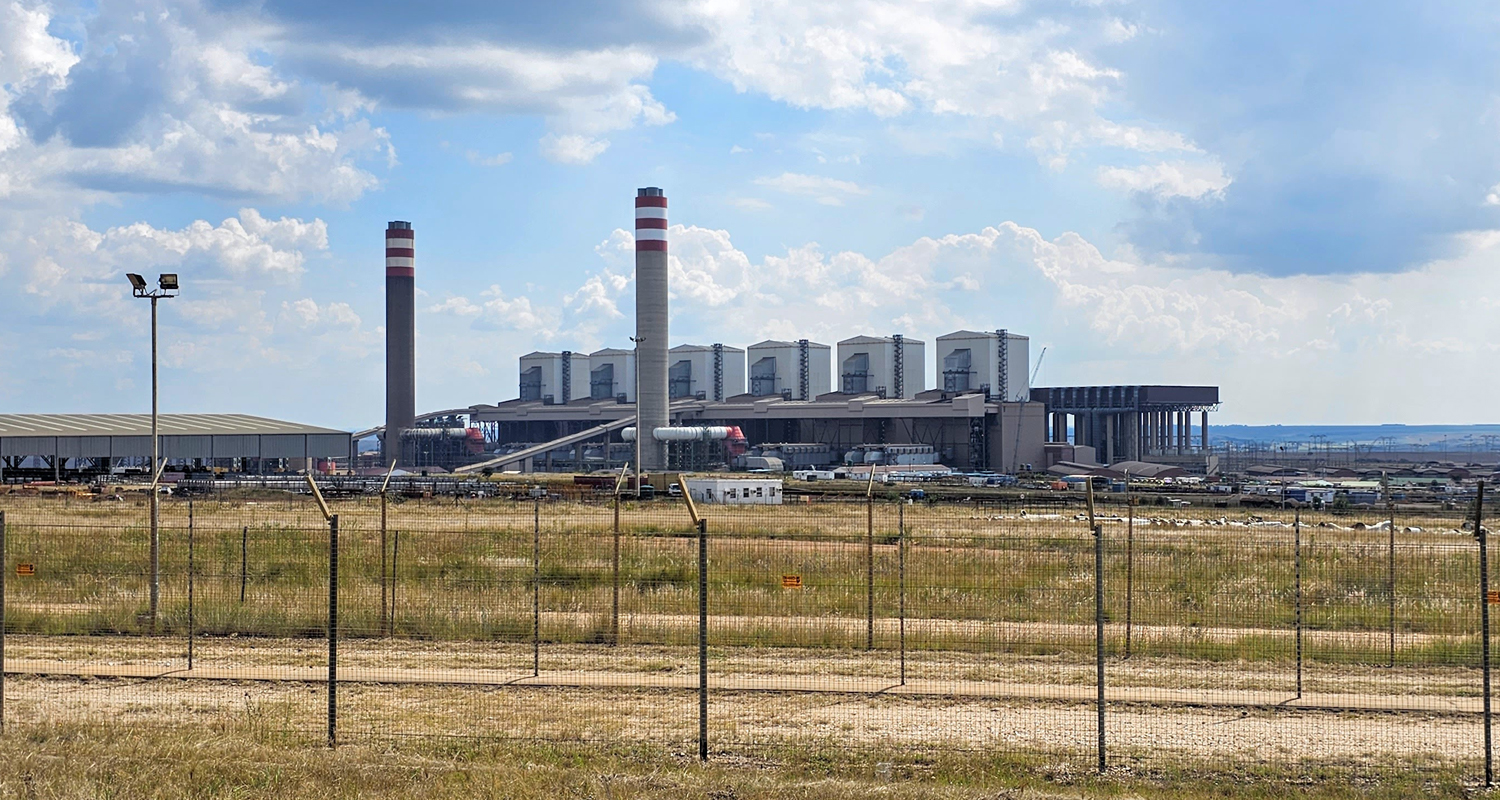
Eskom’s energy availability factor (EAF) has breached the 70% mark for the first time in years, and now stands at 70.78%, according to electricity minister Kgosientsho Ramokgopa.
The minister told journalists at a briefing at Kusile power station on Monday that the improvement is the result of an “orchestrated and deliberate” effort to improve Eskom’s generation performance.
“The EAF of the country has breached the 70% mark,” said Ramokgopa. “It is a result of consistent performance. This has been deliberated and orchestrated … beginning with the president’s announcement of the energy action plan in July 2022, the appointment of the electricity minister, stabilisation of the Eskom management team, and the isolation of power stations that were particularly problematic and in need of special attention.”
According to Ramokgopa, the maintenance programme peaked in the period between December and January, when Eskom took advantage of lower overall demand to take 18% of its productive capacity offline for repairs.
This “short-term pain, long-term gain” strategy, said Ramokgopa, is now paying off, as much of that capacity is brought back online ahead of the winter season when demand is typically higher.
Ramokgopa said units 1, 2 and 3 at Kusile were brought back online ahead of schedule, adding 2.4GW to the grid. Against all expectations that 2024 would be another year of severe load shedding, Eskom has not implemented rolling blackouts for 47 days – and counting. It said on Sunday that it doesn’t expect to impose load shedding for the foreseeable future.
But Kusile is only part of the story. Additional support from the Majuba and Medupi power stations has bolstered the EAF, too. Ramokgopa said that Kusile’s EAF is at 93%, which is expected because it is a relative new power station. However, improvements in the EAF of older power stations such as Lethabo and Matla – which are “trending at the 70% mark” – have contributed to the country’s improved energy situation.
Diesel consumption down, too
Ramokgopa then took aim at people within Eskom who have expressed cynicism over recent improvements in energy supply, saying that many were masking their own incompetence by trying to “soil the work that the team has done”.
He dispelled media reports last week that Eskom has been making use of its diesel-burning open-cycle gas turbines (OCGTs) to keep the lights on, emphasising that the improvement is off the back of coal-fired power generation due to sustained maintenance.
“Kendal is running six units for the first time in years … it means there is little reliance on the OCGTs,” he said.
Last month, Eskom chairman Mteto Nyati also addressed the media about Eskom’s improvement in capacity, saying recent improvements have nothing to do with the upcoming elections. Nyati said Eskom is not reliant on OCGTs to keep loadshedding at bay, and that the opposite is in fact true: the power utility is burning less diesel now that it did in the same period last year.

Ramokopa urged Eskom to continue the maintenance drive to get older power stations performing at levels closer to the newer ones.
“We are not necessarily out of the woods yet; we need to ensure that we bring these other power stations to the levels of Lethabo, Kusile and Medupi,” he said. – © 2024 NewsCentral Media




